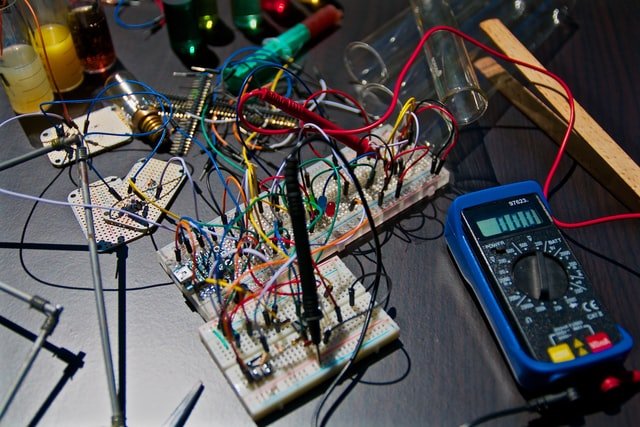ELECTROMAGNETIC WAVES
DEFINITION AND CONCEPT Electromagnetic waves are produced by electromagnetic vibrations. Electromagnetic waves have electrical origin and the ability to travel in vacuum. So, electromagnetic waves are regarded as a combination of traveling electric and magnetic forces which vary in value and are directed at right angles to each other and to the direction of travel. […]
ELECTROMAGNETIC WAVES Read More »

